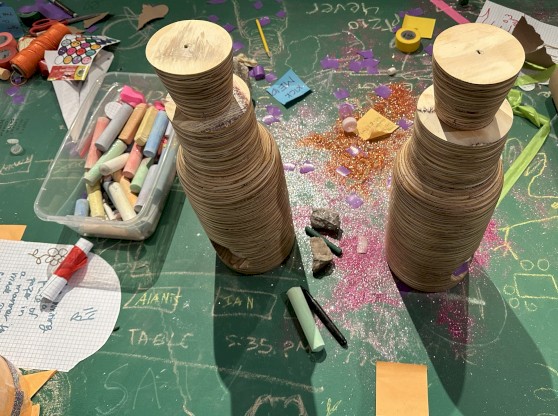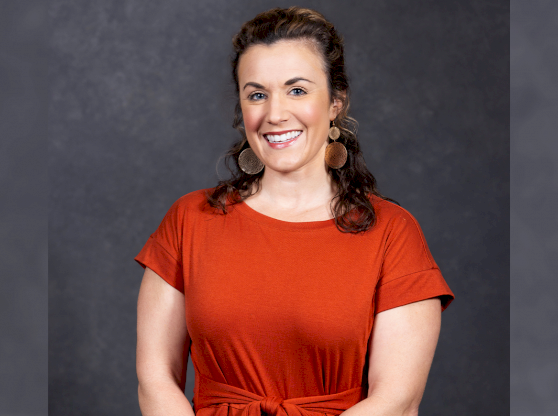In November 2017, Nan Smith headed to Jerusalem, Israel, for a five-week residency at the Bezalel Academy of Art and Design.
During her time there, she created artwork for an exhibition later shown at Bezalel and taught a class on figure sculpting, which met for a three-to-five-hour session each week.
“I also traveled to photograph in the Negev Desert to create an image library comprised of desert vistas, which I am using in my new installation and porcelain tile photomontages,” she said.
While in the Negev, she traveled to the Ramon Crater with two Israeli outdoorsmen familiar with the area who took her to a newly opened section of the crater.
“I took 1,000 photos during an eight-hour trek,” she said.
These photos subsequently served as the context for sculpture in still life format she created and were all featured in an exhibition called “Dry/Wet,” for which she gave an artist’s talk discussing the concepts, narrative images and her creative and studio process for making the art work.
She also created a sculpture of a child titled Romey during her residency, which was too large to be dried and fired for the show.
“The sculpting process took three weeks to complete,” she said. “The sculpture was dried over a two-week period, and the dry-out and bisque-firing was a four-day process.”
Romey was packed the morning of her flight back to the United States where she said it was successfully transported back to her Gainesville studio to complete.
Smith is no stranger to Israel.
She was invited to the country as a resident artist by the Association of Israeli Design Artists in 2011, and in 2017, she went back to conduct research interviews on water conservation with scientists at Technion University in Haifa. The latter trip was funded by a College of the Arts Research Incentive Award.
According to Smith, Israel is recognized as the world leader in water conservation, and this played a large role in her research titled Water: Code Blue.
“My research combines science with art to create compelling and emotive narratives using sculpture and photography to inspire conservation for our shared water resources,” she said.
She’s been invited to return to the Bezalel Academy of Art and Design and to present a workshop at the Givat Haviva Art Center. In April 2020, she’ll head to the Archie Bray Foundation in Helena, Montana, for another residency.



